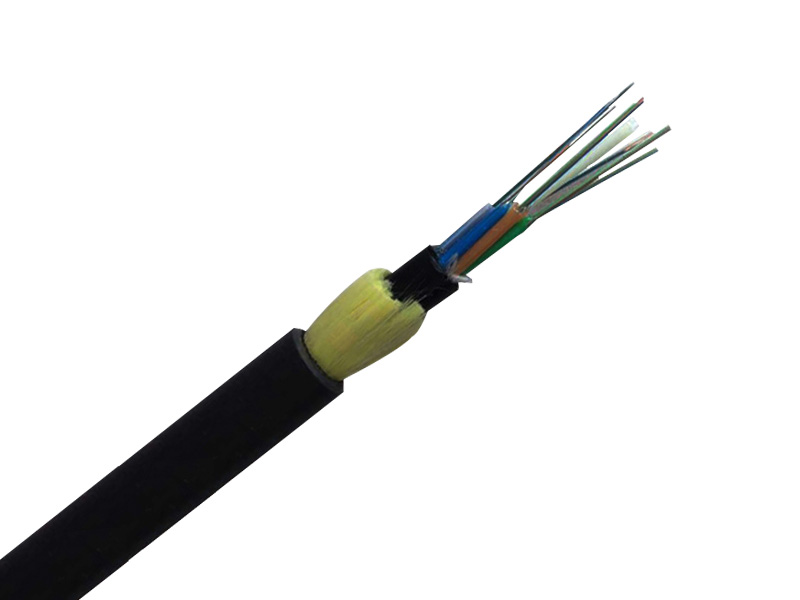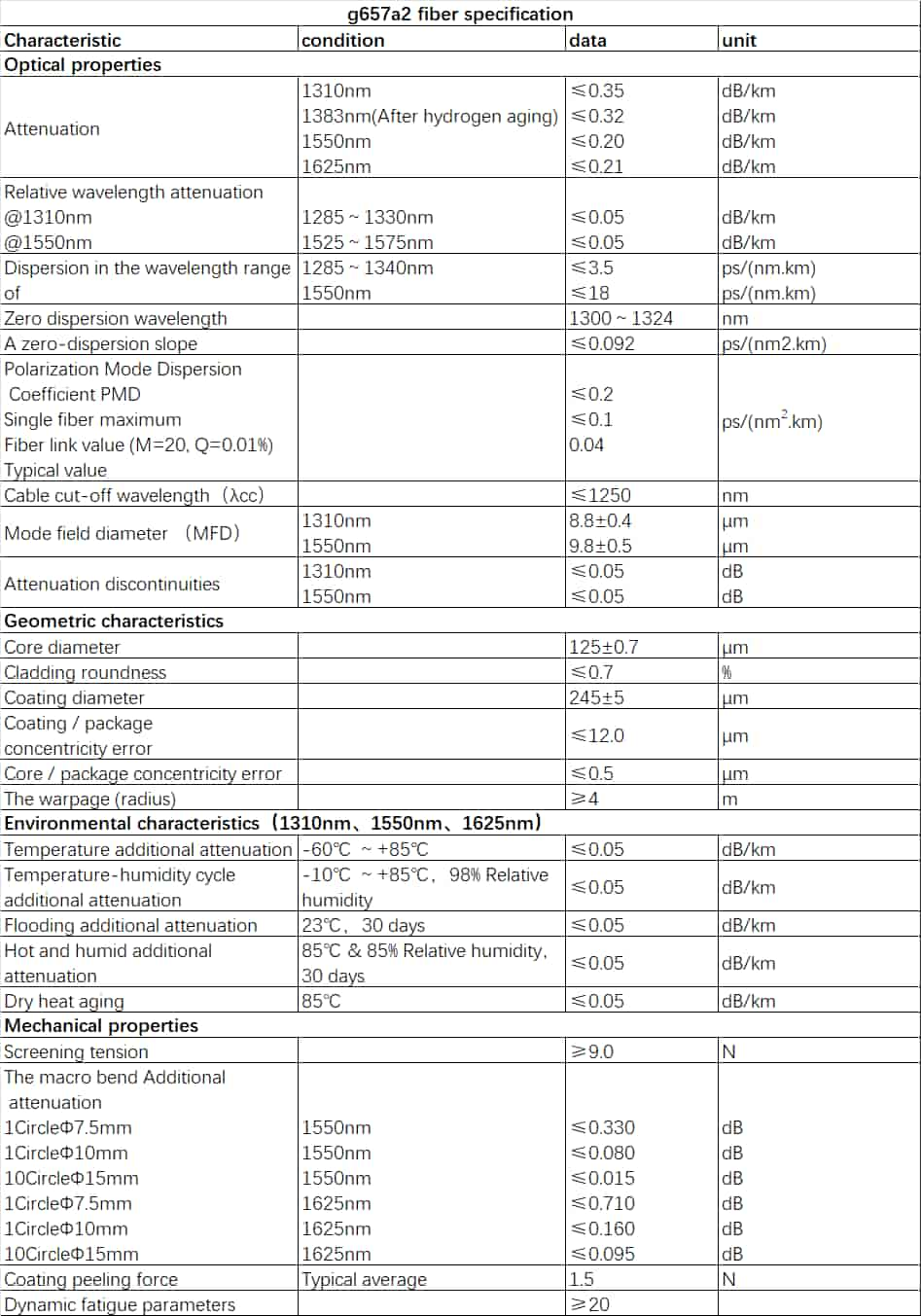
An ADSS optical cable,where “ADSS” stands for “All-Dielectric Self-Supporting” is a specific type of fiber optic cable designed for aerial installations,such as hanging on utility poles,transmission towers,or other overhead structures. These cables are commonly used in telecommunications,data networks,and the power utility industry for applications that require high-speed data transmission and reliable communication.
Operating temperature:-40℃~65℃
Characteristic:All Dielectric
Cable Type:Stranded Loose tube ADSS Cable
Jacket Material:Polyethylene (PE) | AT(anti-tracking)Sheath
Fiber Count:12-144Core
Subunit Type:Gel-filled
Environmental Space:Self-supporting Aerial
Armor:Aramid Yarn| KEVLAR
Standards:Comply with standard IEC 60794-4、IEC 60793、TIA/EIA 598 A.
Product structure:PBT loose tube,non-metallic central reinforcement (FRP),PE inner sheath,aramid fiber layer,PE outer sheath or anti-tracking outer sheath
Applications:Self-support Aerial Installation,Used for communication lines in overhead high-voltage transmission systems,lightning-prone areas,large-span and other overhead laying environments.
Fiber Type: G652D;G655C;G657A1;G657A2;50/125;62.5/125;OM3-150;OM3-300;OM4 As Options

1、All-Dielectric Construction:ADSS optical cables are entirely made of dielectric,non-metallic materials. This dielectric design ensures that the cable is safe to use in high-voltage environments where electrical conductivity could pose a risk.
2、Self-Supporting Design:The term “self-supporting” means that ADSS cables do not require a separate metallic conductor or messenger wire to support their weight. They are designed to be hung directly on supporting structures without the need for additional hardware.
3、Strength Members:ADSS optical cables typically incorporate aramid or fiberglass strength members within the cable’s core to provide the necessary tensile strength,allowing them to withstand mechanical stresses such as wind,ice,and other environmental factors.
4、Weather Resistance:These cables are designed to withstand various weather conditions,including high winds,ice,and exposure to UV radiation. The outer sheath is often UV-resistant to protect the cable from sun damage.
5、Lightweight:ADSS optical cables are lightweight compared to traditional metallic cables,which makes them easier to install on existing infrastructure.



ADSS optical cables are used for a wide range of applications,including long-distance data transmission,fiber-to-the-home (FTTH) networks,and power utility communication systems. Their self-supporting design is particularly advantageous in situations where there are existing overhead structures that can be used to install the cables,reducing the need for additional support infrastructure.
Standard length:2000m, other lengths are also available
